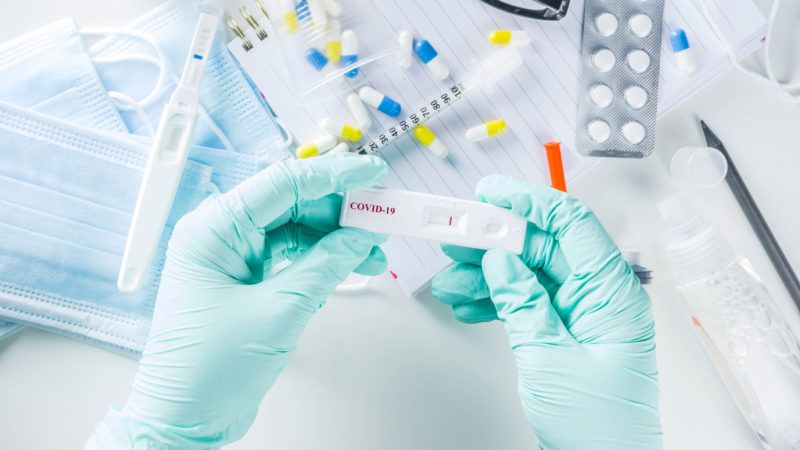Between 48,000 and 81,000 residents of Santa Clara County, California are likely to have already been infected by the coronavirus that causes COVID-19, suggests a new study by researchers associated with Stanford University Medical School. The researchers tested a sample of 3,330 residents of the county using blood tests to detect antibodies to determine whether or not they had been exposed to the coronavirus. If the researchers' calculations are correct, that's really good news. Why? Because that data will help public health officials to get a better handle on just how lethal the coronavirus is, and if researchers are right it's a lot less lethal than many have feared it to be.
Currently, the U.S. case fatality rate, that is, the percent of people with confirmed diagnoses of COVID-19 who die, is running at 5.2 percent. But epidemiologists have known that a significant proportion of people who are infected are going undetected by the medical system because either they don't feel sick enough to seek help or are asymptomatic. For example, recent research in Iceland suggests that about 50 percent of people infected with the virus have no symptoms.
In the new study, the researchers sought residents through Facebook to whom they could administer the antibody tests. The results were an unadjusted prevalence of coronavirus antibodies of 1.5 percent. After making various statistical and demographic adjustments, researchers calculated the likely prevalence ranged from 2.49 to 4.16 percent. At the time that these tests were administered, there were about 1,000 confirmed COVID-19 cases and 32* deaths from the disease in Santa Clara County. The upshot is that "these prevalence estimates represent a range between 48,000 and 81,000 people infected in Santa Clara County by early April, 50- 85-fold more than the number of confirmed cases."
Using these data, the researchers calculated the infection fatality rate, that is, the percent of people infected with the disease who die: "A hundred deaths out of 48,000-81,000 infections corresponds to an infection fatality rate of 0.12-0.2%," they report.* That's about the same infection fatality rate the Centers for Disease Control and Prevention (CDC) estimates for seasonal influenza.
The researchers conclude:
While our study was limited to Santa Clara County, it demonstrates the feasibility of seroprevalence surveys of population samples now, and in the future, to inform our understanding of this pandemic's progression, project estimates of community vulnerability, and monitor infection fatality rates in different populations over time. It is also an important tool for reducing uncertainty about the state of the epidemic, which may have important public benefits.
Assuming that their findings are happily confirmed, among the important public benefits would be a quicker end to the pandemic lockdown we are all experiencing. It's high time the CDC gets it act together and conducts similar antibody population screening to determine the prevalence of the disease across the nation.
*UPDATE: One caveat is that a rough calculation applying the Santa Clara infection fatality rate to New York City's 11,000 COVID-19 deaths would imply that essentially all of city's residents have already been infected with the coronavirus. This seems implausible.
*CORRECTION: I inadvertently used the projected number of 100 deaths from the study instead of the actual figure of 32 deaths on April 2, 2020. I regret the error.

